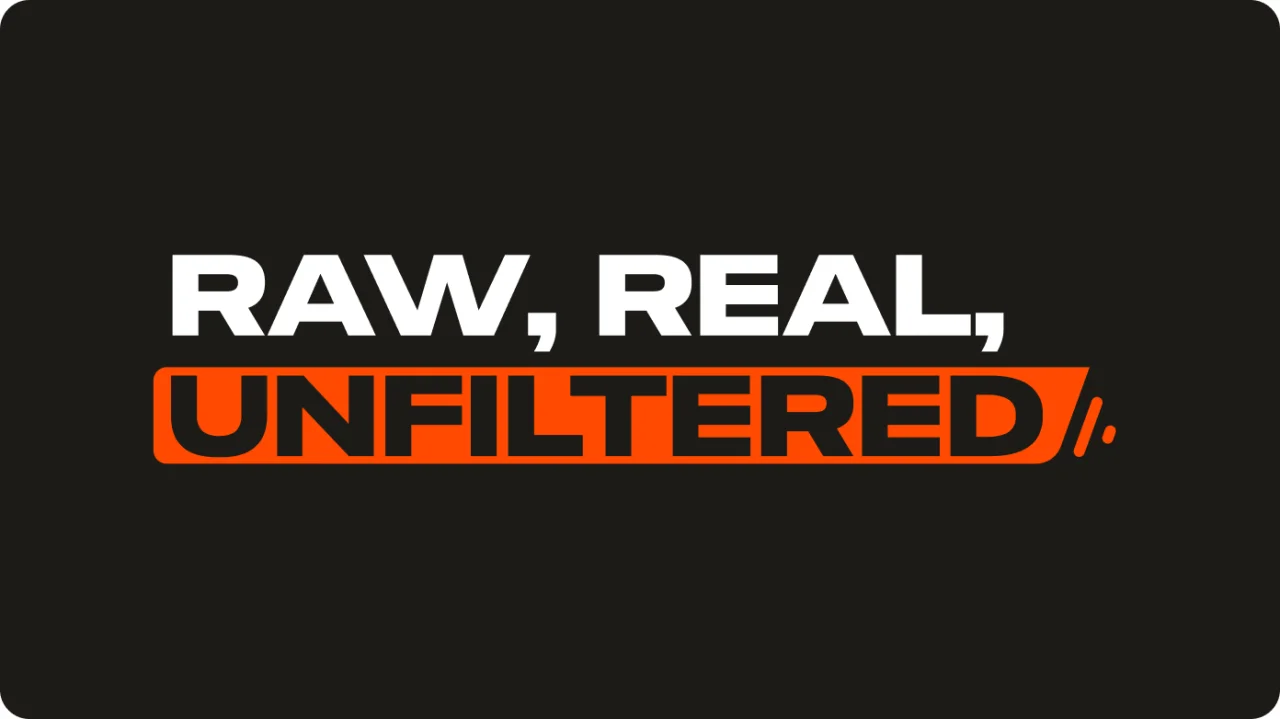When Does a Side Hustle Become a Business?
Your side hustle becomes a business once you’re consistently earning income with the intent to make a profit. The IRS uses several factors to determine whether your activity is a hobby or a business. Here are some key signs that your side hustle is now a business:
You're earning income regularly.
You actively market your products or services.
You track income and expenses.
You reinvest in tools, supplies, or advertising.
You depend on the income to supplement or replace your primary job.
The most critical of these is the profit motive. If you're doing it to make money and you're actually succeeding, that's a big indicator that you're running a business.
What Is Considered a Hobby?
As mentioned above, the IRS has a clear stance on what is considered a hobby versus a business. A hobby is something you do for recreation, not for profit, even if you occasionally make money doing it.
An activity is presumed to be for profit if it has profited in at least three of the last five tax years (including the current year). This is commonly referred to as the “hobby loss rule.”
So if you're knitting scarves for fun and sell one or two a year, you’re probably fine. But if you’re filling Etsy orders weekly and taking custom requests, the IRS may decide you’re running a business.
Understanding the IRS Hobby Income Limit
There isn’t a strict dollar amount that defines a business, but it’s worth knowing that if you accept more than $600 for goods and services using online marketplaces or payment apps, you could receive a Form 1099-K to report payments.
If your activity generates income and you don’t report it or try to write off expenses, you could face penalties. Even hobby income must be reported on your tax return. However, you can't deduct losses from a hobby like you can for a business.





